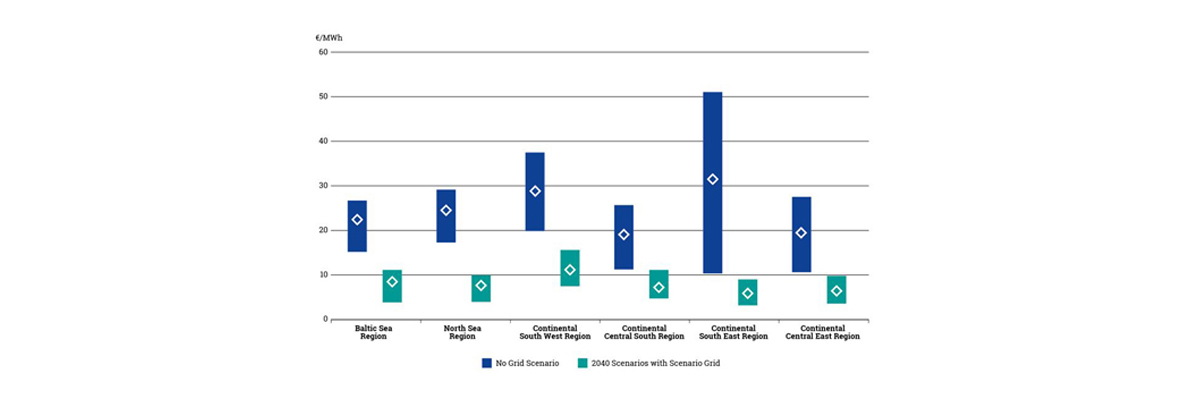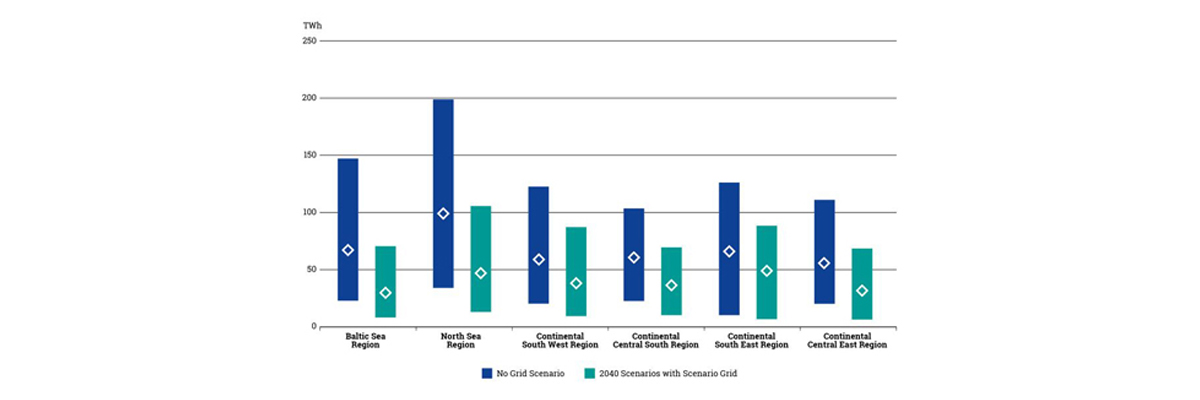Traditional methods of operating a network across generation, transmission and distribution portions are being replaced by more integrated approaches. This deregulation requires is not only driving the need for more interconnections, but also for better monitoring and management of the network. Corrective control methods and fail-to-safe mechanisms are also essential.
Historically, interconnections revolved around capacity agreements between power providers and utilities. The grid was expected to absorb the total output under any circumstances. However, spikes in decentralized renewable yields may exceed hosting capacity, potentially leading to poor power quality, thermal overloads, or voltage fluctuations. “You need to ensure that if an offshore plant is offline, for instance, the effect on the grid is mitigated. In recent years, we’ve seen a chain effect cause a grid to fail when a wind plant suddenly went down. The more interconnections you have with other countries, the more resilient your network is” Davide Pietribiasi says.
Increasing interconnection between systems introduces a large number of new interfaces and vast amounts of data that needs to be processed in smart electrical grids. In order to realise cost-effective integration between systems, technical standards, data models and communication protocols should be standardised and interoperable. “Building international interconnections requires a lot of cable manufacturing capacity and large cable sizes,” Davide adds. “Prysmian can support this as we can provide cables of all sizes have the largest manufacturing capacity in the market. Our R&D is working to improve cable power and transmission capacity. Large cable sizes help decrease transmission loss, which means reduced loss of revenue and renewable power. By increasing the cable operating temperature range for example, you can use the same interconnection asset to deliver more power, or you can handle emergencies better, for example when you need a short overload. We are also focused on monitoring – if you are able to predict the health of your interconnection, you can anticipate issues and plan downtime and maintenance in advance. Whatever the operator’s strategy, we can come up with an optimised solution.”








